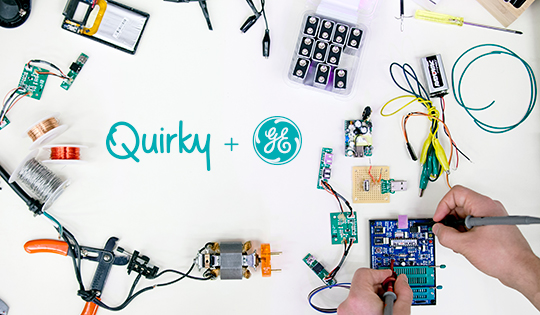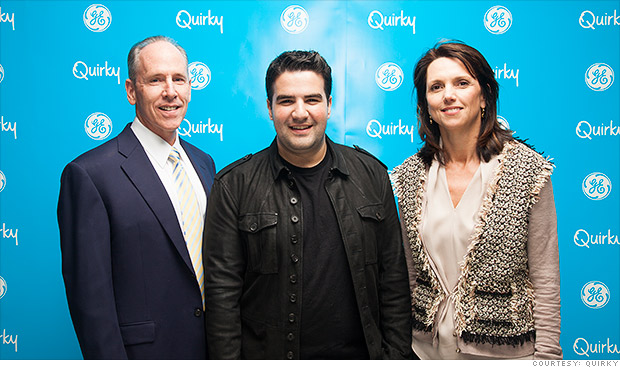Trends and Opportunities

GUEST POST from Chateau G Pato
In today’s rapidly changing world, innovation has become a key driver of success for businesses across all industries. However, the traditional model of innovation, where organizations rely solely on internal resources and expertise, is no longer sufficient. In order to stay ahead of the competition and drive impactful change, businesses must embrace collaboration as a fundamental aspect of their innovation strategy.
Collaboration in innovation involves working with external partners, such as other companies, research organizations, startups, and even customers, to share knowledge, expertise, and resources. By tapping into the collective brainpower of a diverse group of stakeholders, businesses can access new ideas, perspectives, and capabilities that can fuel their innovation efforts.
One of the key trends shaping the future of collaboration in innovation is the rise of open innovation platforms. These platforms, such as InnoCentive and NineSigma, provide a space where organizations can crowdsource solutions to their most pressing challenges by tapping into a global network of innovators. By leveraging these platforms, businesses can access a vast pool of talent and expertise that can help them solve complex problems and drive breakthrough innovation.
Another trend driving collaboration in innovation is the shift towards ecosystem-based innovation. Instead of relying solely on their internal resources, businesses are now looking to build ecosystems of partners, suppliers, and customers to co-create value and drive innovation. For example, companies like Procter & Gamble have successfully leveraged their open innovation ecosystem, Connect + Develop, to source new product ideas and technologies from external partners.
In order to illustrate the power of collaboration in innovation, let’s examine two case studies of companies that have successfully embraced this approach.
Case Study 1: LEGO
LEGO, the iconic toy company known for its colorful building blocks, has long been a pioneer in collaboration in innovation. In recent years, LEGO has partnered with a diverse range of external stakeholders, including customers, researchers, and even Hollywood studios, to drive innovation and create new products.
One of LEGO’s most successful collaborations has been with the online community LEGO Ideas. Through this platform, fans of the brand can submit their own ideas for new LEGO sets, which are then voted on by the community. If an idea receives enough votes, LEGO will work with the creator to turn it into a new product, sharing royalties with the original designer. This collaborative approach has not only led to the creation of popular sets like the LEGO Ideas Saturn V rocket but has also helped LEGO tap into the creativity and passion of its most dedicated fans.
Case Study 2: GE
General Electric (GE), a multinational conglomerate known for its diverse portfolio of products and services, has also embraced collaboration as a core part of its innovation strategy. In recent years, GE has partnered with startups, universities, and other companies to drive innovation in areas such as advanced manufacturing, energy, and healthcare.
One notable collaboration is GE’s partnership with the software company Quirky. Through this partnership, GE has leveraged Quirky’s online platform to crowdsource new product ideas from aspiring inventors. GE then works with the inventors to bring these ideas to market, helping them navigate the complexities of product development and distribution. This collaborative approach has not only resulted in the creation of innovative products like the Aros smart air conditioner but has also helped GE tap into new sources of creativity and innovation.
Conclusion
Collaboration in innovation is key to driving meaningful change and staying competitive in today’s fast-paced business environment. By embracing open innovation platforms, building ecosystems of partners, and collaborating with external stakeholders, businesses can access new ideas, perspectives, and capabilities that can fuel their innovation efforts. The future of collaboration in innovation is bright, filled with exciting opportunities for businesses to drive impactful change and create value for their customers.
SPECIAL BONUS: Futurology is not fortune telling. Futurists use a scientific approach to create their deliverables, but a methodology and tools like those in FutureHacking™ can empower anyone to engage in futurology themselves.
Image credit: Unsplash
![]() Sign up here to get Human-Centered Change & Innovation Weekly delivered to your inbox every week.
Sign up here to get Human-Centered Change & Innovation Weekly delivered to your inbox every week.



